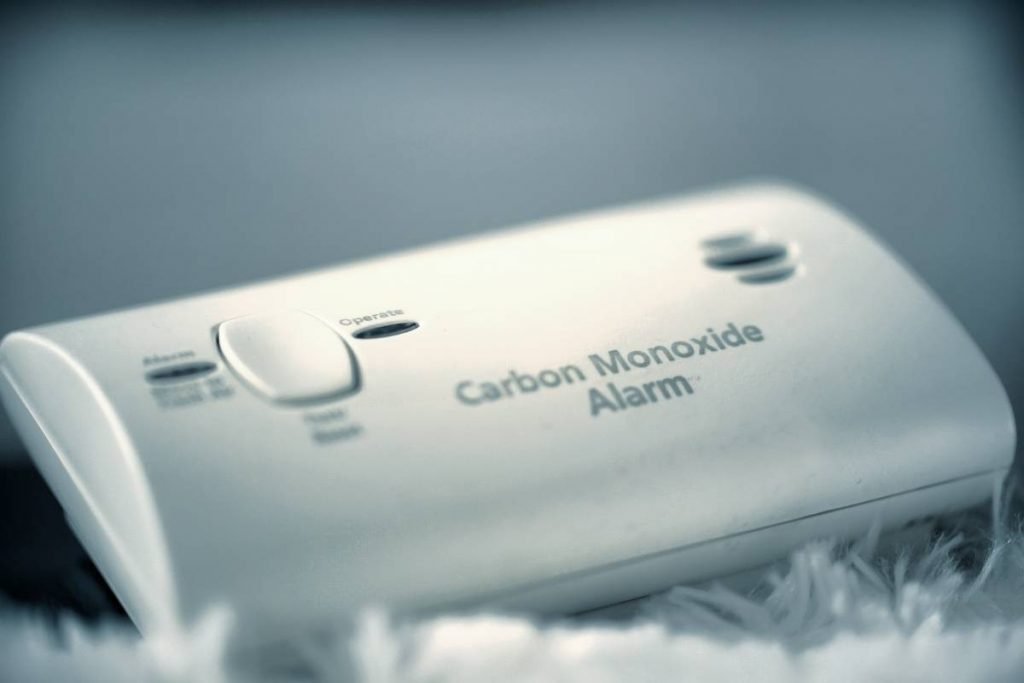Carbon monoxide, sometimes called the “quiet killer,” is a colourless, odourless, and tasteless gas that can cause death if breathed in at high levels. This unseen menace lurks in many homes, so it’s important to know about the dangers and take preventative actions.
Carbon monoxide poisoning can occur from malfunctioning fuel-burning appliances like furnaces, water heaters, fireplaces, and gas stoves. Sadly, each year, hundreds of people die from CO poisoning, and thousands more suffer ill effects.
How to prevent and detect carbon monoxide poisoning
Here are some essential tips for prevention and detection that could save your life or someone you love.
- Install carbon monoxide detectors—The first step toward protecting against carbon monoxide poisoning is installing an alarm system that detects dangerous levels of this gas. These devices are designed to sound loud when they sense elevated amounts of CO inside your home, giving you enough time to react before it’s too late. Make sure you have detectors on every floor of your house, especially near bedrooms where people sleep most often; also, be confident that they’re well-maintained and replaced as indicated by manufacturer instructions.
- Ventilation matters. Poor ventilation leads to higher concentrations of any airborne contaminant—carbon monoxide included! To prevent CO buildup, always make sure fuel-burning appliances such as furnaces (and other heating systems), water heaters (and boilers), and fireplace inserts are vented properly outside; never use grills or generators indoors because these things produce copious amounts of CO within minutes!
- Regular maintenance saves lives – Preventative maintenance goes a long way regarding safety measures against carbon monoxide leaks from faulty equipment installations during new construction projects, etc. Have all chimneys cleaned annually by qualified professionals. They should also check over related vents yearly while servicing fuel-burning machines like heating units around the same time frame. This proactive approach may identify potential hazards early enough for corrective action(s) to be taken before they become life-threatening.
- Know the warning signs– Educate yourself about the signs and symptoms of CO poisoning so that you can take appropriate action in case something happens. Standard early warning signals include headaches, dizziness, nausea (feeling sick to your stomach), vomiting (throwing up), and tiredness/fatigue, but other flu-like symptoms may be present, too! If several people living together get these symptoms at once – leave home immediately and seek medical help immediately!
- Educate your family—Kids need to understand the dangers posed by this silent killer and the importance of never ignoring an alarm from carbon monoxide detectors, which could save their lives. Establish a household emergency plan outlining steps necessary during higher-than-average levels of CO gas.
- Consider professional help—Sometimes, it’s hard for homeowners to determine whether there is a leak somewhere within the premises. Hence, the best option would involve seeking professional services from inspectors specializing in such matters. They will carry out comprehensive evaluation(s) and, where necessary, recommend remedial measures to prevent recurrences, among other things.
Always be alert to notice signs of monoxide poisoning
Be aware, and stay safe. Carbon monoxide is a dangerous gas because we can’t see, smell, or taste it, but it still kills many people each year.
As discussed, install and maintain an owl sensor and alarm systems, ventilate fuel-burning devices properly outdoors, schedule annual maintenance check-ups, know the warning signs and what to do if someone gets sick from breathing contaminated air, and teach children about this potential disaster.

